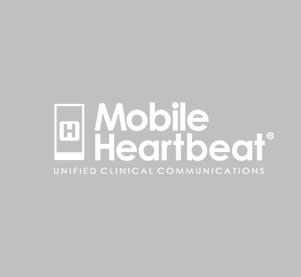Over the past few years, there have been many conflicting views on whether smartphone applications require FDA regulation, pre-registration or nothing at all. In July of last year, the FDA published a set of guidelines to clarify their views in light of all the smartphone apps coming to market. To better understand the FDA’s position, let’s walk through the critical points.
Definition of an MDDS
According to the FDA’s web site, a Medical Device Data System (MDDS) is defined as:
Medical Device Data Systems (MDDS) are hardware or software products that transfer, store, convert formats, and display medical device data. An MDDS does not modify the data or modify the display of the data, and it does not by itself control the functions or parameters of any other medical device. MDDS are not intended to be used for active patient monitoring.
One of the key aspects of this definition is that the MDDS (which could include smartphone apps that are software products) specifically “does not modify the data.”
What about apps?
So, the next questions are:
- Can smartphone apps be considered MDDSs?
- If so, how should they be treated?
This is where the FDA’s intentions get a bit more complex. To further clarify, on February 9, 2015, the FDA published a guidance document on Mobile Medical Applications. In this document, the FDA defined the following terms:
- Mobile Platform
- Mobile Application (Mobile App)
- Mobile Medical Application (Mobile Medical App)
- Regulated Medical Device
- Mobile Medical App Manufacturer
These definitions were then used to outline where the FDA will focus their regulatory efforts as well as the “mobile apps where the FDA intends to exercise enforcement discretion.” In the FDA’s view, this means that for these mobile apps, “The FDA does not intend to enforce requirements under the FD&C Act.”
This guidance document contains numerous examples of the above-defined terms, however, one of the key examples in your mobility strategy is in Section V- B, “Mobile Apps for which FDA intends to exercise enforcement discretion (meaning that FDA does not intend to enforce requirements under the FD&C Act).” In item #7 of that section, the FDA lists the following:
Mobile apps that meet the definition of Medical Device Data Systems – These are apps that are intended to transfer, store, convert format, and display medical device data, without controlling or altering the functions or parameters of any connected medical device, as defined in the MDDS classification regulation (21 CFR 880.6310). These mobile apps include those that are used as a secondary display to a regulated medical device when these apps are not intended to provide primary diagnosis, treatment decisions, or to be used in connection with active patient monitoring (i.e., mobile apps that meet the MDDS definition).
In essence, if an app meets the definition of an MDDS (from above), then the FDA does not intend to enforce its requirements on this app. The FDA’s view, which we applaud, is to regulate where appropriate but to not hinder innovation.
Although this latest guidance has the header “Nonbinding Recommendations,” we applaud the FDA’s thinking around innovative mobile apps. With an overriding goal of safe and better patient care, the FDA is taking a very thoughtful position on this rapidly evolving technology.


